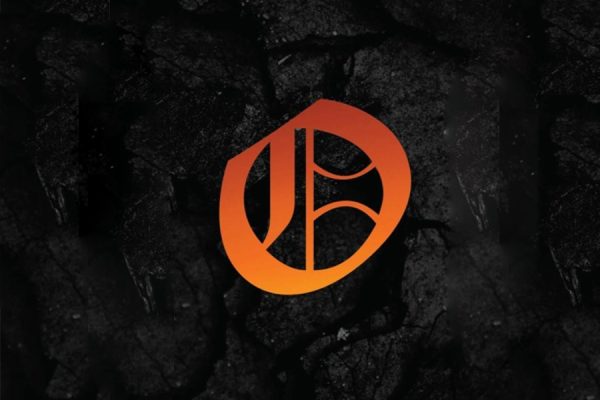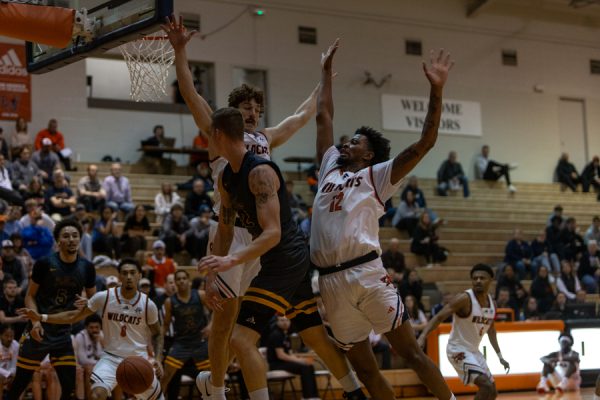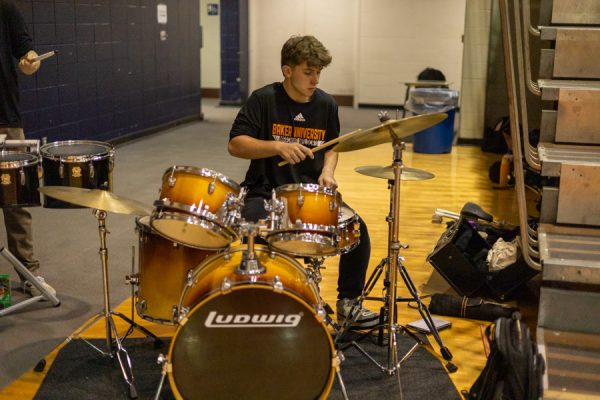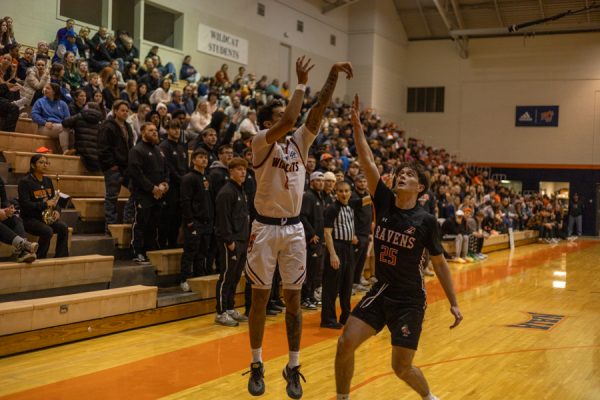KC Chiefs’ 2015 draft breakdown
I’m not much of a fan of picking winners/losers of a draft that happened just days ago. For one, there is no way to project how one’s college production, combined with an odd workout that plays out very similarly to a dog showcase, will translate to the NFL. Next, there is no way to gauge the character of a 21-22 year old college kid, let alone how the prospect’s “character” will affect his play.
This is a league in which vague “red flags” can drop a player from a top five pick to the end of the second round, like the Dallas Cowboys’ pick at 60th overall, Randy Gregory. And if his problems stem from mental health issues, like what is being speculated, the NFL may be the absolute worst and slowest-developing environment at dealing with those sorts of problems. The world of football is as close to the mentality of a Neanderthal as you can get in the 21st century. “Hitting good — complexity of the human mind bad.”
However, I can in good conscience grade how the picks fit the needs of a team, and that’s why I believe the Chiefs blew this year’s NFL draft. The selection of cornerback Marcus Peters with the 18th pick on Thursday was baffling, to say the least (If you want to know my exact reaction, it was something like, “Who?” followed by, “Oh, the guy that got kicked off of Washington?” followed immediately by, “Wait, what?”).
Unless the Chiefs have reasonable concern that Sean Smith won’t re-sign with the team at the end of 2015, or they do not believe in either Marcus Cooper or their third-round pick of last year’s draft, Phillip Gaines, I do not see a reason to pick a cornerback so early, even if Peters was seen by some as the best cornerback in the draft.
It is one thing to build on budding strengths, like the Raiders pairing up Alabama’s Amari Cooper at fourth overall with a rising quarterback in Derek Carr. It’s another thing to shore up a weakness, like the Chargers compensating for the loss of Ryan Mathews by picking up explosive Wisconsin running back Melvin Gordon, who might turn out to be the next Jamaal Charles.
But the Chiefs’ secondary is arguably the team’s greatest strength, and I see little reason to make a first-round addition to it. Yes, they were maddening at times, especially when Ron Parker was at corner and after superstar safety Eric Berry was unfortunately sidelined with Hodgkin’s’ Lymphoma. Then again, who’s secondary is never burned in today’s pass-happy NFL?
Overall, Kansas City was adept at stopping the pass. While the Chiefs finished tied for last in interceptions forced with six, the Chiefs ranked second in the NFL in both opposing passing yards per game and opponent completion percentage. There were games in which the secondary, led by the aforementioned Sean Smith, was dominant.
The Chiefs held Peyton Manning to a season-low completion percentage of 50 percent in a Week 13 loss to the Broncos. They held Tom Brady to two interceptions and a benching in a 41-14 win over the Super Bowl Champion Patriots in Week 4 and forced Phillip Rivers to seven sacks and two interceptions to take the Chargers out of playoff contention in Week 17.
The Chiefs’ pass defense was sometimes the only thing keeping them afloat, one example being in week two; after Manning and the Broncos shredded the KC defense for three touchdowns in the first half, the Chiefs went on to hold Denver to just a field goal in the second half and gave Alex Smith and the offense a chance to go into overtime in the final seconds.
Three key points of frustration throughout last season were the lack of a downfield passing game, an inconsistent offensive line, and a terrible run defense. The passing game could be attributed to many factors, including the lack of pass protection, lack of quarterback talent, an uber-conservative play calling and game plan, or the lack of wide receiver skill. It is a chicken-or-egg argument — does Alex Smith not throw farther down the field because of the game plan, or is the game plan tailored to Smith not being able to throw down the field?
The way I see it, there is only one way to fix the passing game, and that is to get rid of Alex Smith. That is a virtual impossibility considering he signed a four-year, $68 million deal last season, not to mention the difficulty in getting a game-changing quarterback in the middle of the first round. The Chiefs would have needed to make a godfather offer to the Buccaneers or Titans to make a run at either Jameis Winston or Marcus Mariota. The offensive line was partially taken care of with the addition of Missouri lineman Mitch Morse, who projects to be a center despite starting at left tackle for the Tigers in 2014.
Wide receiver and workout warrior Chris Conley was the first of two third-round picks by Kansas City (another cornerback in Steven Nelson being the second). Conley is a freak of nature, running a 4.35 40-yard dash and jumping 45 inches in the vertical leap, but I don’t see much of a point in getting an extremely athletic receiver meant to stretch the field and go after jump balls when the Chiefs have quite possibly the most conservative passing attack in the NFL.
Conley averaged 18.3 yards per catch on only 36 receptions with the Georgia Bulldogs his senior season. It’s a shame that Kansas State product Tyler Lockett was picked just seven selections earlier by the Seahawks, because he has shown the ability to get open in a variety of different ways at the college level, catching 106 passes last year. I believe he would have been a great fit and a weapon even Alex Smith could take advantage of along with free-agent Jeremy Maclin.
The lack of run defense is more confounding, mostly due to a front seven that looks scary on paper, with Pro-Bowl nose tackle Dontari Poe, mega-star outside linebackers in Justin Houston and Tamba Hali, and rising talents in Allen Bailey and Josh Mauga. One theory is that losing the heart and soul of the defense in Week two, linebacker Derrick Johnson, was a blow that Kansas City could never recover from, no matter how well Mauga performed in his place. Another is that the Chiefs were so committed to rushing the quarterback that the run defense went by the wayside in favor of sacks.
Either way, no attention to run support came by way of the draft until the fourth round with the selection of Ramik Wilson. Another linebacker, Oregon State’s D.J Alexander, was picked in the fifth round. If the Chiefs are looking to jump past playoff contender status into a possible AFC championship and Super Bowl contention, I do not believe that was accomplished in this draft. The most severe problems are rooted too deeply within the foundation of the team to be reasonably fixed through the draft, and there are minor issues like run defense and offensive line woes that were not taken care of effectively. My first two days of the draft would have looked something like.






